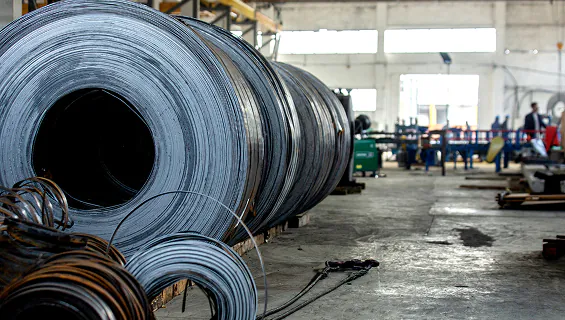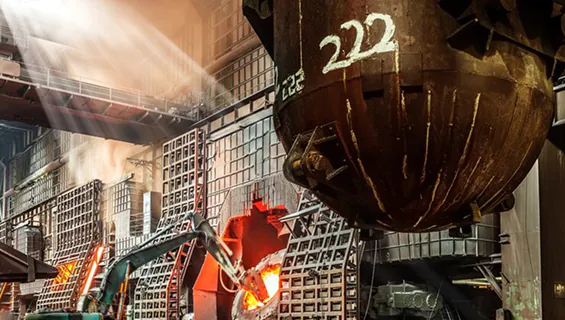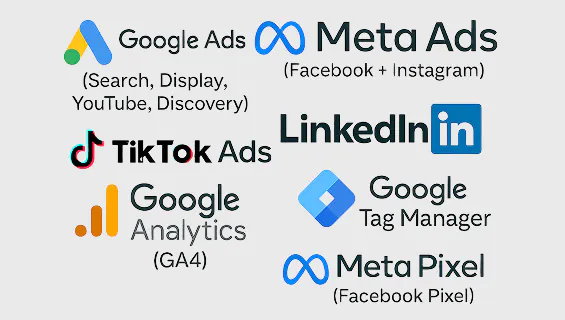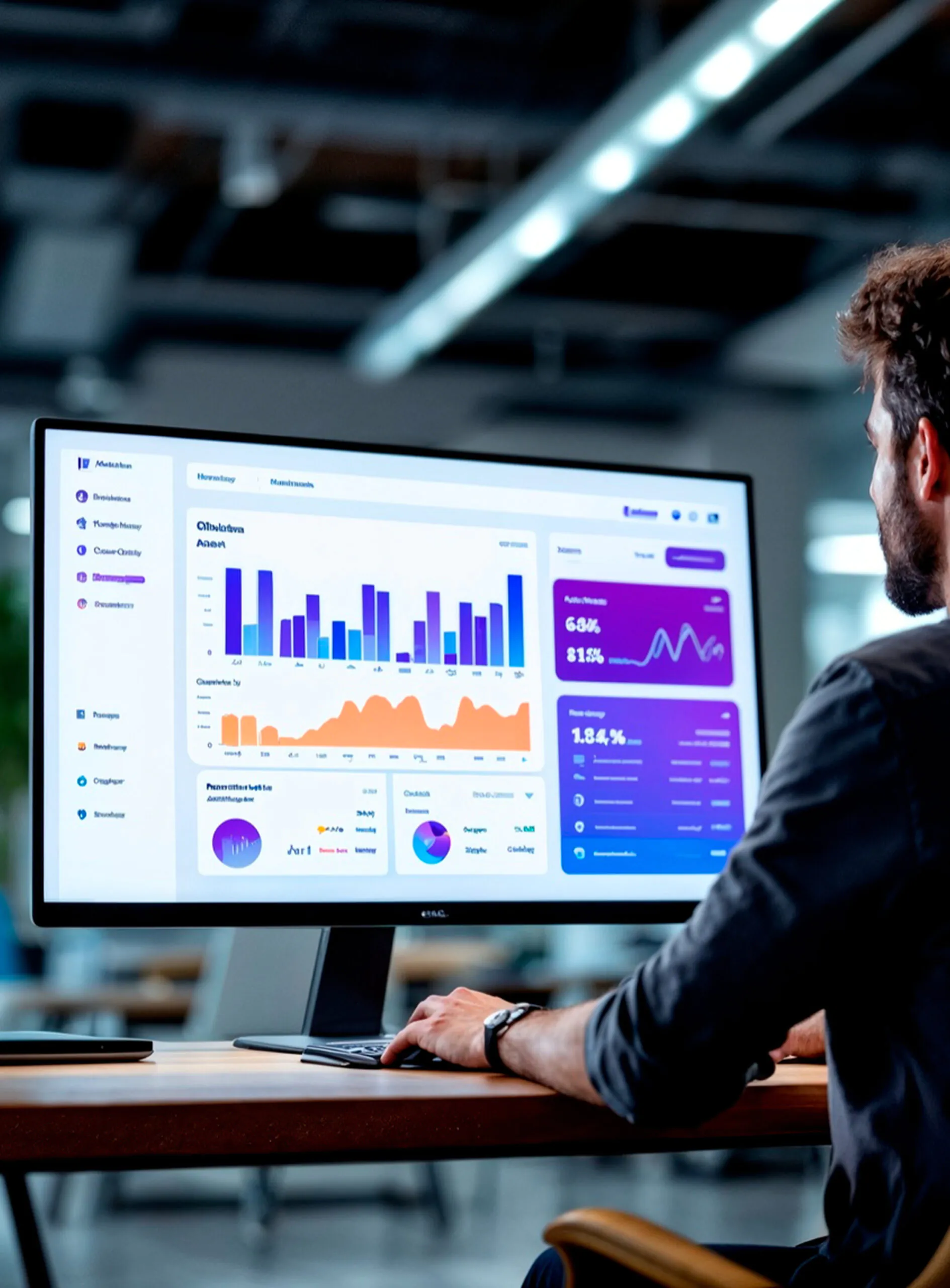kalksolution@gmail.com
Introduction – The Power of Predictive Thinking in Modern Marketing
In today’s competitive B2B landscape, especially for steel and manufacturing companies, marketing can no longer rely on assumptions or generic outreach. Decision-makers demand data-backed precision — knowing who’s likely to buy, when, and why.
That’s where predictive analytics in marketing comes in.
Predictive analytics uses AI, data modeling, and machine learning to forecast customer behavior, market trends, and campaign outcomes — helping businesses make smarter marketing decisions.
At Kalk Solutions, we’ve helped steel manufacturers, fabricators, and industrial suppliers implement predictive models that turn raw data into reliable growth strategies.
If you’re new to this concept, this guide will help you understand what predictive analytics is, how it works, and how it can transform marketing in the manufacturing and steel industries.
1. What Is Predictive Analytics in Marketing?
Predictive analytics marketing is the process of analyzing historical data — like website visits, customer interactions, and campaign results — to predict future outcomes.
In simpler terms, it answers questions such as:
- Which clients are most likely to buy next quarter?
- What kind of campaigns will deliver the highest ROI?
- Which leads will turn into long-term customers?
It’s not about guessing — it’s about forecasting behavior using data and AI.
2. How Predictive Analytics Works in Marketing
Predictive analytics follows a three-step process:
Step 1: Data Collection
Collect data from various sources — CRM systems, email campaigns, ad analytics, social media, and sales history.
Step 2: Pattern Identification
AI algorithms find relationships between customer actions and outcomes — for example, identifying that contractors who visit your “steel fabrication” page twice are 60% more likely to request a quote.
Step 3: Prediction and Action
Once patterns are identified, predictive models can forecast what’s likely to happen — allowing your marketing team to take action before opportunities are missed.
3. Real-World Use Case: Predictive Analytics in Steel Manufacturing Marketing
Let’s look at a practical example from the steel industry.
Challenge:
A steel supplier in India struggled to identify which leads from Google Ads were actually worth pursuing. Sales teams were wasting time on low-quality leads.
Solution:
By implementing predictive analytics with Kalk Solutions, the system began tracking engagement data such as:
- Time spent on the pricing page
- Product categories viewed (e.g., structural steel, prefab units)
- Downloaded brochures or contact form interactions
The predictive model then scored each lead based on conversion likelihood.
Results:
- Lead qualification time reduced by 40%
- Marketing ROI improved by 2.5x
- Sales team focused only on high-intent leads
Takeaway: Predictive analytics helped the company shift from reaction-based marketing to anticipatory marketing — knowing what the customer wanted before they even reached out.

4. Top Marketing Applications of Predictive Analytics
Here’s how predictive analytics can revolutionize marketing for manufacturing and steel companies:
a. Predictive Lead Scoring
Prioritize leads that are most likely to convert, based on behavioral and demographic data.
Example Prompt:
“Show leads who viewed our steel product catalog and returned to the site within 7 days.”
b. Campaign Performance Forecasting
Predict which campaign types will generate the best results before you spend.
Example Insight:
Predictive tools may reveal that LinkedIn Ads targeting project managers perform 3x better than cold email outreach.
c. Customer Retention Prediction
Anticipate when a long-term client might stop ordering — and re-engage them with personalized offers.
Example:
If a client’s order frequency drops by 25%, the model alerts marketing to run a retention campaign.
d. Product Demand Forecasting
Plan inventory and promotions more efficiently by predicting which products will be in demand.
Example:
“Demand for prefabricated steel units increases by 15% in Q2 — plan campaigns accordingly.”
5. Predictive Analytics Tools You Can Start With
Even if you’re new to analytics, several tools make predictive marketing easier for industrial brands:
Tool | Best For | Key Benefit |
HubSpot Marketing Hub | Lead scoring and behavior tracking | Seamless CRM integration |
Google Analytics 4 (GA4) | Traffic and conversion prediction | AI-driven insights |
Salesforce Einstein | Advanced predictive modeling | Great for enterprise B2B setups |
Klaviyo AI | Email performance prediction | Automated audience segmentation |
ChatGPT + Excel/Sheets | Data summarization | Simplified pattern analysis for small teams |
6. Predictive Analytics vs. Traditional Marketing — ROI Difference
Metric | Traditional Marketing | Predictive Analytics Marketing |
Lead Conversion Rate | 1.5%–2.5% | 4%–6% |
Customer Retention Rate | 60% | 80%+ |
Cost per Lead | High | Reduced by 35%–50% |
Campaign Efficiency | Reactive | Proactive |
Reporting | Manual & delayed | Automated & real-time |
Key Insight: Predictive analytics enables data-backed decision-making, turning every marketing action into a measurable investment rather than a gamble.
7. How Steel Industry Leaders Can Start
If you’re in the steel or heavy manufacturing sector, here’s a roadmap to begin:
- Centralize Your Data – Integrate CRM, sales, and marketing systems.
- Identify Key Metrics – Focus on customer lifetime value (CLV), cost per acquisition (CPA), and engagement rates.
- Choose the Right Tools – Platforms like HubSpot or Google Cloud AI can automate data insights.
- Train Your Team – Align sales and marketing teams to act on predictive insights.
Partner with Experts – Agencies like Kalk Solutions specialize in industrial marketing powered by predictive analytics.
8. The Future: Predictive Marketing + Generative AI
In 2025, predictive analytics is becoming even more powerful when paired with Generative AI tools like ChatGPT or Jasper.
Imagine this:
- Predictive analytics identifies which leads are most likely to convert.
- Generative AI then automatically creates personalized email campaigns for those leads.
This combination of prediction and automation is redefining how steel brands communicate — with higher accuracy, faster turnaround, and greater ROI.
Conclusion – Data is the New Steel in Marketing
Just as steel builds strong structures, data builds strong marketing strategies.
Predictive analytics gives manufacturing and steel industry leaders the ability to see what’s coming next — and act before the competition.
At Kalk Solutions, we help industrial brands harness predictive analytics to forecast demand, improve engagement, and increase conversions — using AI-powered tools built for measurable growth.
📩 Ready to bring predictive marketing to your business?
Let’s build your next data-driven campaign today.

Got a question or need assistance? Our team is ready to help you every step of the way. Reach out to us, and we’ll get back to you as soon as possible!


















